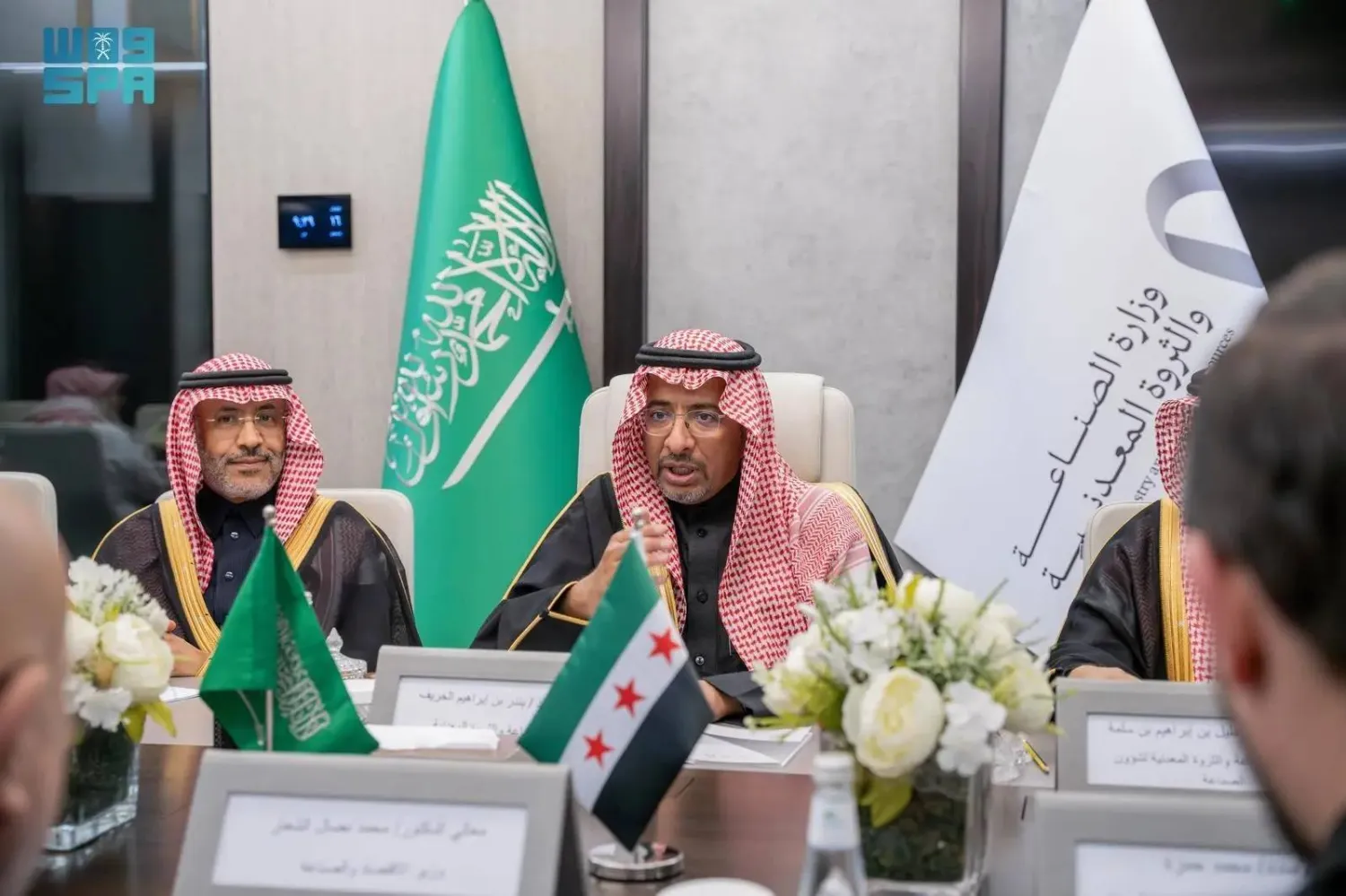Badeel has announced a partnership to establish the largest solar photovoltaic plant in the region, while Saudi Arabia’s Public Investment Fund (PIF) announced that it has secured a $17 billion seven-year senior unsecured term loan (63.7 billion Saudi riyals).
The loan is the largest-of-its-kind general corporate-purpose loan worldwide.
While the new transaction recorded the support of 25 financial institutions across Europe, America, the Middle East, and Asia, the $11 billion loan of 2018 was supported by 15 financial institutions.
The new loan also aligns well with the PIF’s medium-term capital raising strategy as well as its 2022 Annual Capital Raising Plan.
“It is a significant achievement for PIF, raising a record-sized term facility in the longest tenor ever for a loan of its size that is subscribed to by an unprecedentedly diversified number of lenders. PIF will continue to explore a variety of debt funding sources as it delivers on its strategic objectives,” said the Head of the Global Capital Finance Division at PIF Fahad AlSaif in a statement.
Meanwhile, Badeel and ACWA Power signed an agreement to develop the largest solar photovoltaic plant across the Middle East and North Africa in Makka, in the west of Saudi Arabia.
The 2,060 MW solar photovoltaic plant will be built in Al Shuaibah, Makkah province, and is expected to begin commercial operations by the fourth quarter of 2025.
Badeel will jointly own the project with ACWA Power, with both companies holding a 50 percent equity stake each.
The project will be executed through a newly formed joint company called Shuaibah Two Electrical Energy Co..
In this regard, the Shuaibah Two Electrical Energy Co. signed a power purchase agreement with the Saudi Power Procurement Co..
The project is part of Saudi Arabia’s energy transition strategy, highlighting how a giga-scale development in sustainable energy will play a key role in translating Vision 2030 goals.
Yazeed A. Al-Humied, deputy governor and head of MENA Investments at PIF, said: "This marks a key achievement toward PIF’s commitment to developing 70 percent of Saudi Arabia’s renewable energy by 2030.
“Utilities and renewables are one of PIF’s priority sectors as part of its domestic strategy, which focuses on unlocking the capabilities of promising sectors to enhance Saudi Arabia’s efforts in diversifying revenue sources.”
“Saudi Arabia continues to accelerate its ambitious plans for diversifying its energy mix to include renewable energy. It is a great honor to partner with Badeel and SPPC in developing this milestone project which will set a benchmark for sustainable energy development in the region,” said Mohammad Abunayyan, chairman of ACWA Power.
He said solar power is a key component in unlocking positive economic, environmental, and social outcomes, adding: “We remain committed to developing local capabilities in technology, supply chain, and talent and ensure they are realized to their fullest potential.”
Badeel and ACWA Power will build, own, and operate Al Shuaibah 2 facility and the electricity produced will be sold to SPPC. The project is expected to power 350,000 homes.
Shuaibah 2 is ACWA Power’s sixth solar energy facility in Saudi Arabia, with its portfolio comprising 13 power, water desalination, and green hydrogen plants.
Badeel and ACWA Power are also developing the Sudair Solar PV 1500 MW project; which was the first cornerstone renewable energy project in PIF’s program.









